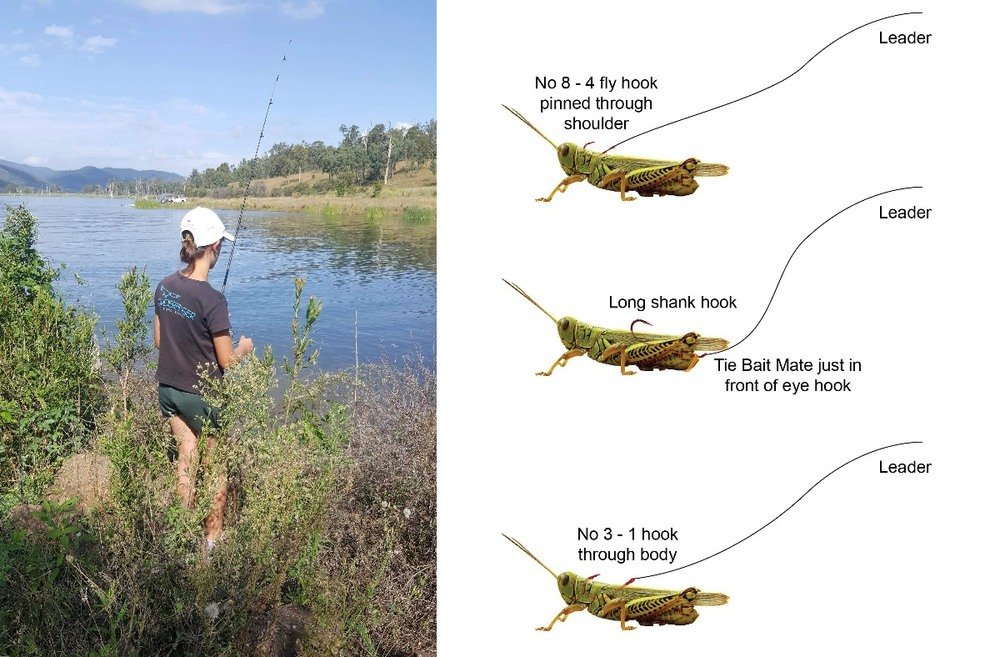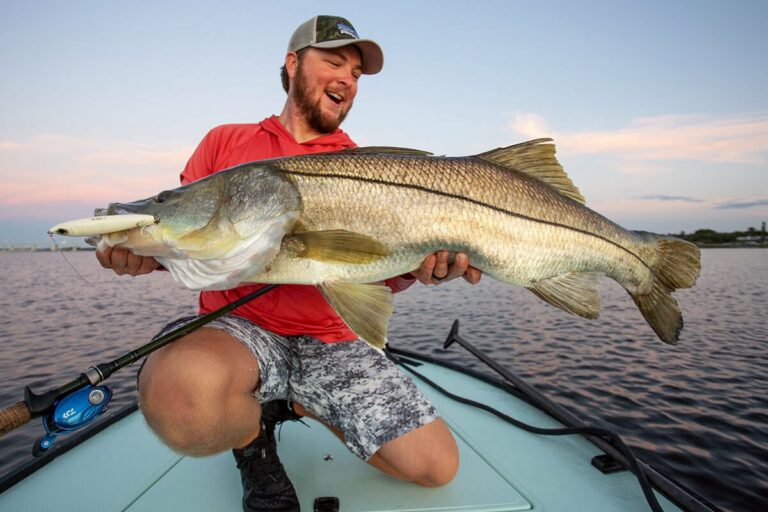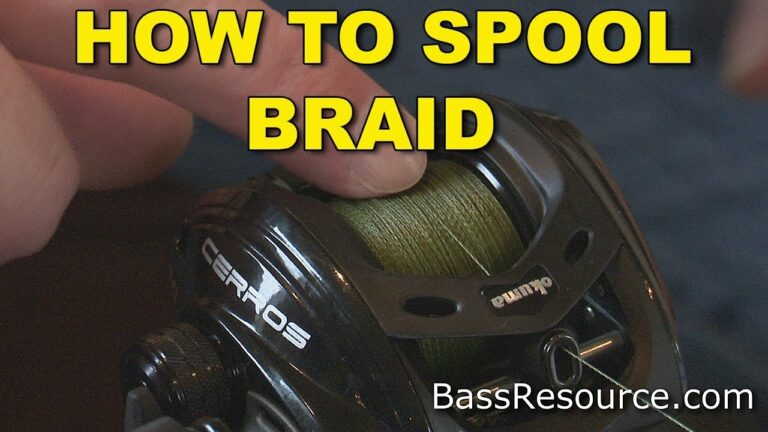Master The Art: How To Rig A Cricket For Fishing
Looking to catch some fish using crickets as bait? You’ve come to the right place! In this article, we’ll show you exactly how to rig a cricket for fishing. It’s a simple and effective technique that can attract a variety of fish species. Whether you’re a beginner or an experienced angler, this method will surely enhance your fishing experience. So, let’s dive in and learn how to rig a cricket for fishing and increase your chances of landing that big catch!
How to Rig a Cricket for Fishing
Fishing with live bait is a popular and effective method for attracting a wide range of fish species. One of the most commonly used live baits for fishing is crickets. These small insects are readily available, easy to handle, and can be rigged in different ways to suit your fishing needs. In this comprehensive guide, we will explore various techniques and tips on how to rig a cricket for fishing, allowing you to maximize your chances of success on your next fishing trip.
Section 1: Understanding the Cricket as Live Bait
Before diving into the different rigging techniques, it is important to have a basic understanding of crickets as live bait. Crickets are small, winged insects that belong to the Gryllidae family. They are commonly found in grassy areas, making them easily accessible for anglers. Crickets are highly attractive to many fish species due to their natural movements and scent.
1.1 Selecting the Right Cricket
To rig a cricket successfully, you need to start by selecting high-quality bait. Follow these tips to ensure you choose the right cricket for fishing:
- Opt for lively and active crickets. Avoid those that appear sluggish or weak.
- Select crickets of appropriate size. Consider the target fish species and choose crickets that match their typical prey size.
- Inspect the crickets for signs of damage or illness. Avoid using crickets with missing limbs or visible signs of disease.
1.2 Preparing the Cricket for Rigging
Properly preparing the cricket before rigging is crucial for increasing its longevity and effectiveness as bait. Follow these steps to prepare the cricket for fishing:
- Remove any excess dirt or debris from the cricket’s body by gently shaking it in a container or employing a soft brush.
- Trim the cricket’s wings. Trimming one or both wings helps prevent it from flying away while fishing.
- Consider refrigerating the crickets for a short period to slow down their metabolism and make them more docile.
Section 2: Basic Cricket Rigging Techniques
Now that you have prepared the cricket for rigging, it’s time to explore various techniques to attach them to your hook effectively. Here are some basic rigging methods for crickets:
2.1 Hooking Through the Collar
This simple rigging technique involves hooking the cricket through its collar, which is the area behind its head.
- Hold the cricket gently between your thumb and forefinger.
- Insert the hook point just behind the collar and thread it through the body.
- Ensure the hook is securely embedded in the cricket, but avoid damaging its vital organs.
2.2 Hooking Through the Abdomen
Hooking the cricket through its abdomen is another effective rigging method that allows for more natural movement.
- Hold the cricket firmly but gently by its wings.
- Insert the hook point through the top of the cricket’s abdomen, ensuring it doesn’t penetrate too deep.
- Allow the hook to protrude slightly and remain visible.
2.3 Split Shot Rigging
The split shot rigging technique involves using a split shot weight to anchor the cricket near the hook, allowing it to swim freely.
- Rig the cricket using either of the above techniques.
- Slide a split shot weight onto the line, approximately 6 to 12 inches above the hook.
- Ensure the weight is secure but not too heavy, as it may hinder the cricket’s natural movement.
Section 3: Advanced Cricket Rigging Techniques
For anglers looking to experiment with more advanced rigging techniques, here are some additional methods to consider:
3.1 Carolina Rigging
The Carolina rig is a versatile setup that allows a cricket to move naturally while maintaining contact with the bottom.
- Rig the cricket using the hooking techniques mentioned earlier.
- Slide a bullet weight onto the line, followed by a bead and a swivel.
- Tie a leader line to the swivel and attach your hook at the end of the leader.
- Allow the cricket to move freely while the weight keeps the bait in place.
3.2 Float Rigging
Float rigging, also known as bobber or float fishing, is a great technique when targeting fish near the surface or in shallow waters.
- Rig the cricket using any of the basic techniques.
- Attach a float or bobber to your line at a desired depth.
- Cast the cricket into the water and adjust the float’s depth if necessary.
- Wait for the float to move or disappear, indicating a fish has taken the bait.
3.3 Drop Shot Rigging
The drop shot rig is a finesse technique that keeps the cricket suspended off the bottom, enticing fish to strike.
- Rig the cricket using any of the basic techniques.
- Tie a drop shot weight to the end of the line, leaving a tag end of approximately 12 inches.
- Tie a small hook to the tag end, approximately 6 to 8 inches above the weight.
- Drop the cricket into the water and let it swing freely, enticing fish to strike.
Section 4: Tips for Success
To improve your chances of success when rigging crickets for fishing, keep these tips in mind:
4.1 Consider the Target Species
Different fish species have varying preferences when it comes to live bait. Research the target species beforehand and adjust your rigging technique accordingly.
4.2 Match the Hook Size
Select the appropriate hook size based on the cricket’s size and the fish species you are targeting. A hook that is too large can hinder the cricket’s movement, while a small hook may result in missed hook-ups.
4.3 Experiment with Different Rigging Techniques
Don’t be afraid to try different rigging techniques to find the one that works best for your fishing situation. Some days, fish may respond better to one method over another.
4.4 Handle Crickets with Care
Crickets are delicate creatures, so handle them with care to minimize any harm or stress. Use soft hands and avoid gripping them tightly to ensure they stay lively and attractive to fish.
4.5 Observe Local Regulations
Always check local fishing regulations to ensure you are using crickets as bait legally. Some areas may have restrictions or require special permits to use live bait.
Rigging a cricket for fishing is a versatile and effective technique that can increase your chances of catching a variety of fish species. Whether you opt for basic rigging methods or experiment with more advanced techniques, the key is to choose high-quality crickets and handle them with care. By understanding the different rigging options available, you can adapt your approach to various fishing conditions and target specific fish species successfully. So, next time you head out for a fishing trip, don’t forget to bring along some crickets and give these rigging techniques a try. Happy fishing!
Top 3 Ways to Rig Live Cricket on Hook (simple and effective)
Frequently Asked Questions
How to rig a cricket for fishing?
To rig a cricket for fishing, follow these steps:
1. Start by selecting a live cricket from your bait container.
2. Place the hook through the collar of the cricket, just behind its head. Be careful not to injure or kill the cricket.
3. Thread the hook through the body of the cricket, ensuring it is secured properly.
4. For added security, you can use a small piece of fishing line or a rubber band to hold the cricket in place on the hook.
5. Make sure the hook point is exposed to increase your chances of a successful hookset.
6. Cast your rigged cricket into the desired fishing spot.
7. Monitor your line for any movement or signs of a bite, and be ready to set the hook when a fish takes the bait.
Remember to check your local fishing regulations for any specific rules regarding the use of crickets as bait.
What equipment do I need to rig a cricket for fishing?
To rig a cricket for fishing, you will need the following equipment:
– Fishing rod and reel
– Fishing line appropriate for the type of fish you are targeting
– Hooks in the appropriate size for your cricket bait
– Bait container to keep the crickets alive and easily accessible
– Optional: fishing line or rubber bands for additional securing of the cricket bait
Make sure to choose the right size hook and line strength based on the type of fish you are targeting for successful rigging.
Can I use a dead cricket for fishing?
While it is generally more effective to use live bait, you can use a dead cricket for fishing. However, keep in mind that live bait tends to attract fish more effectively. To rig a dead cricket, follow the same steps as rigging a live cricket and ensure it is securely attached to the hook. Be aware that the scent and movement of a live cricket may generate more interest from fish.
What types of fish can I catch using a rigged cricket?
Rigged crickets can attract a variety of fish species, especially freshwater fish such as trout, bass, sunfish, and catfish. However, the type of fish you can catch will depend on your location and the specific fish species present in the body of water you are fishing in. It’s always a good idea to research the fish species in your area to determine if crickets are an effective bait choice.
Where should I cast my rigged cricket for the best chance of catching fish?
The ideal fishing spot for using a rigged cricket will depend on the type of fish you are targeting. In general, look for areas with cover such as submerged logs, vegetation, or rocks where fish may be hiding. Additionally, pay attention to areas where there is a concentration of food sources or where you have observed fish activity in the past. Experiment with different casting locations until you find the best spot that attracts bites.
Final Thoughts
In conclusion, mastering the art of rigging a cricket for fishing can greatly enhance your angling success. By following the steps outlined in this article, you can ensure that your cricket bait is securely attached to your fishing hook, providing optimal presentation and enticing fish to bite. Remember to carefully thread the hook through the cricket’s body, avoiding any damage to its delicate structure. Additionally, consider experimenting with different rigging techniques to adapt to various fishing conditions and target species. With practice and the right approach, rigging a cricket for fishing can be a valuable skill that enhances your overall fishing experience. So, get out there and try rigging a cricket for your next fishing adventure!



